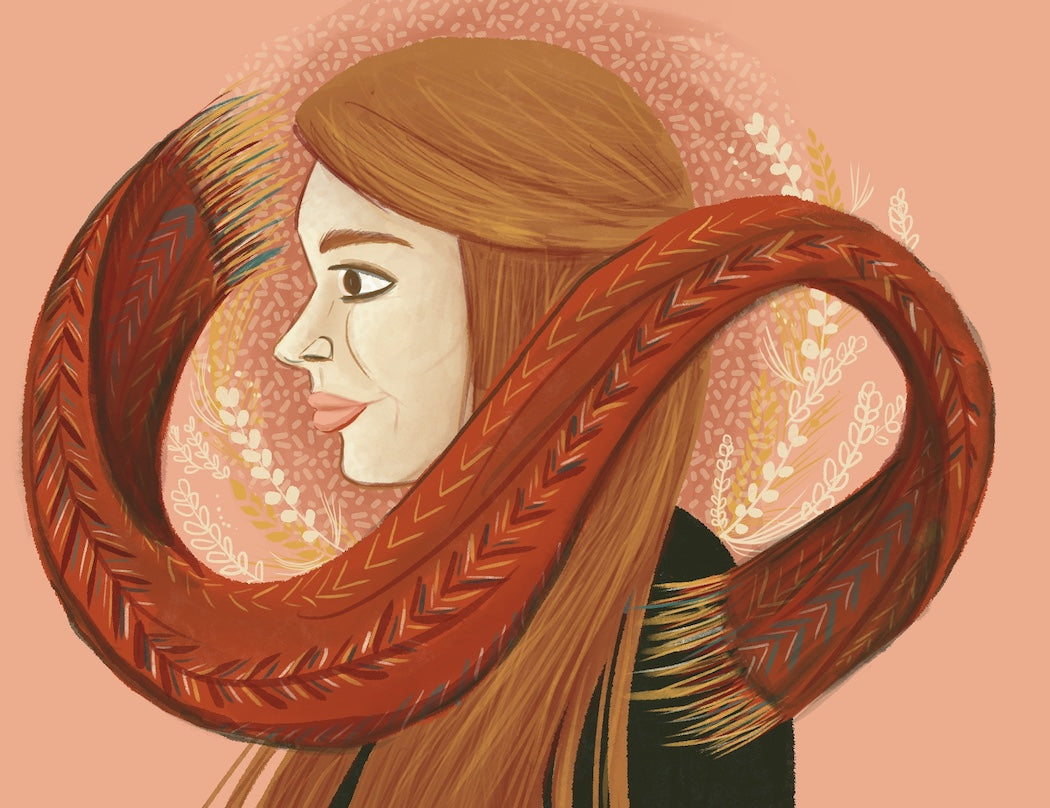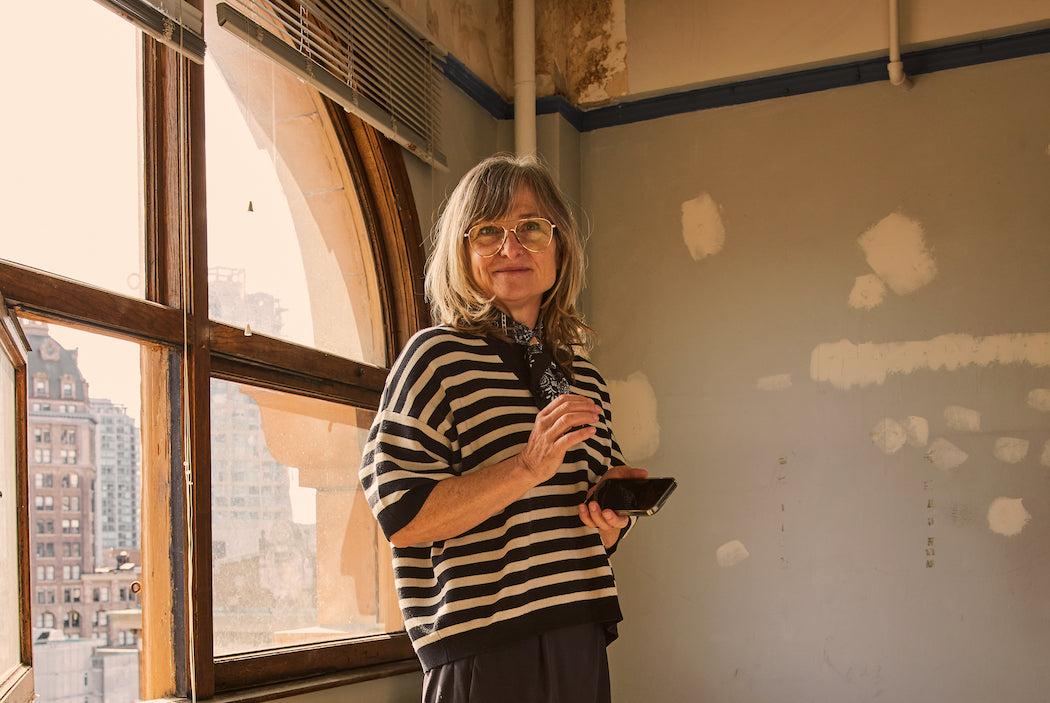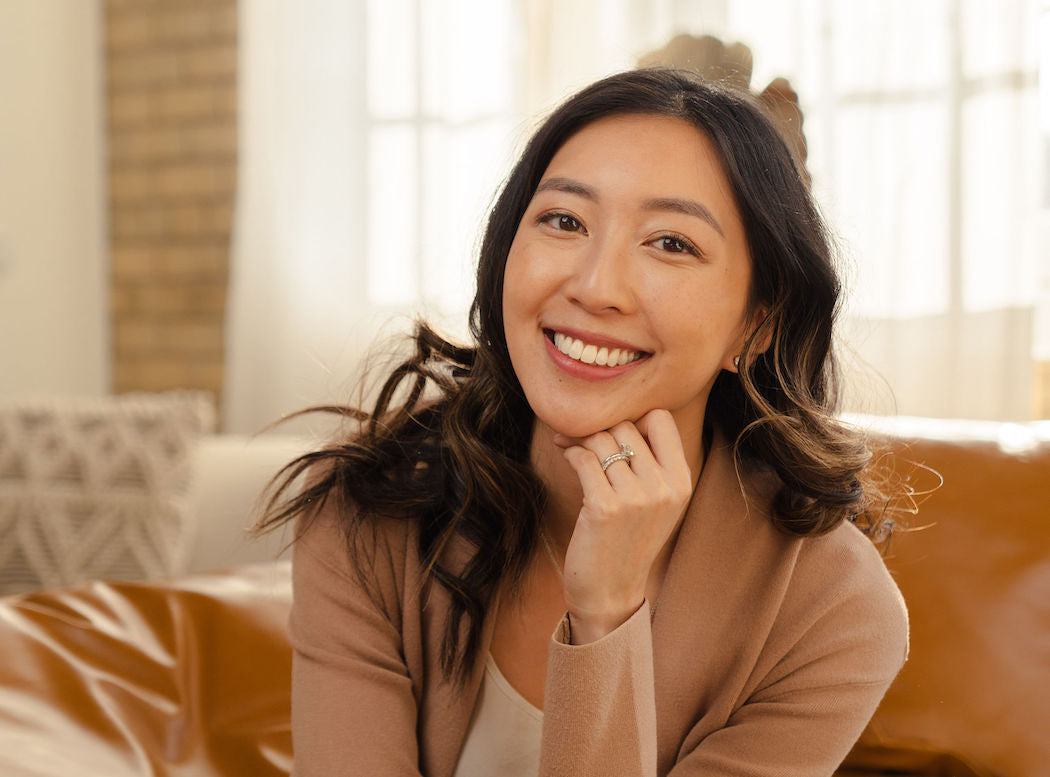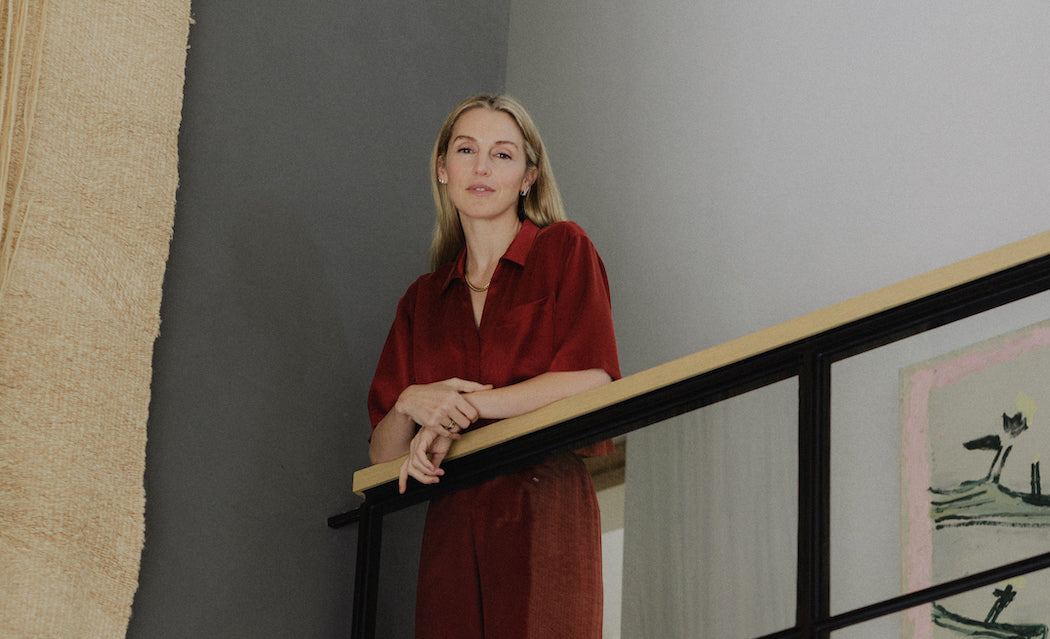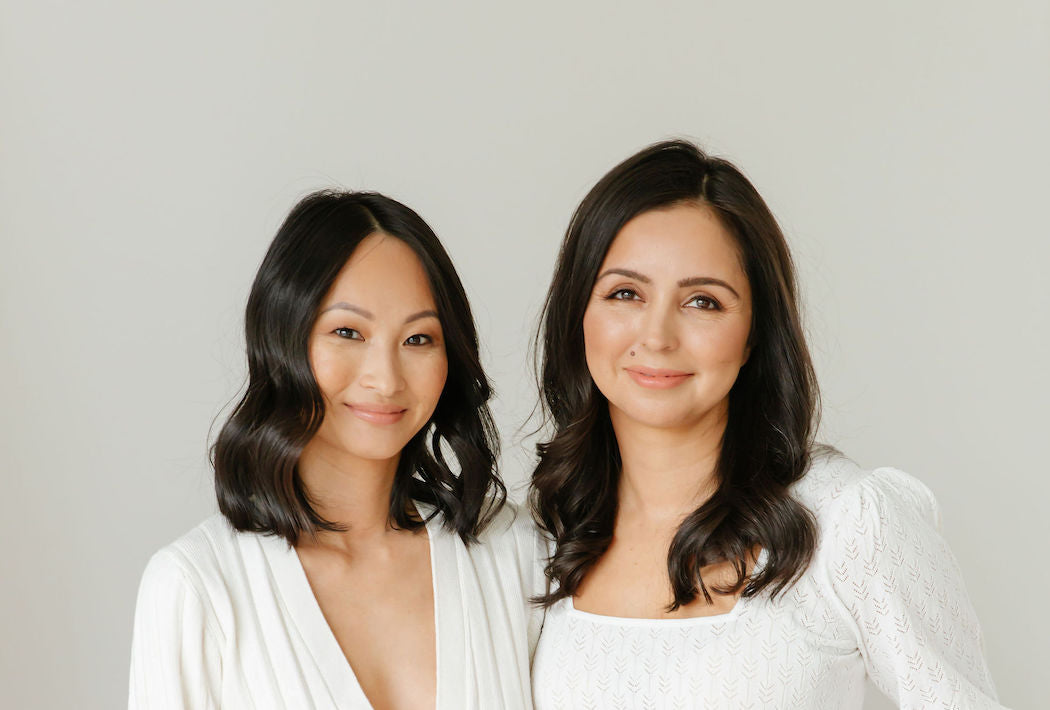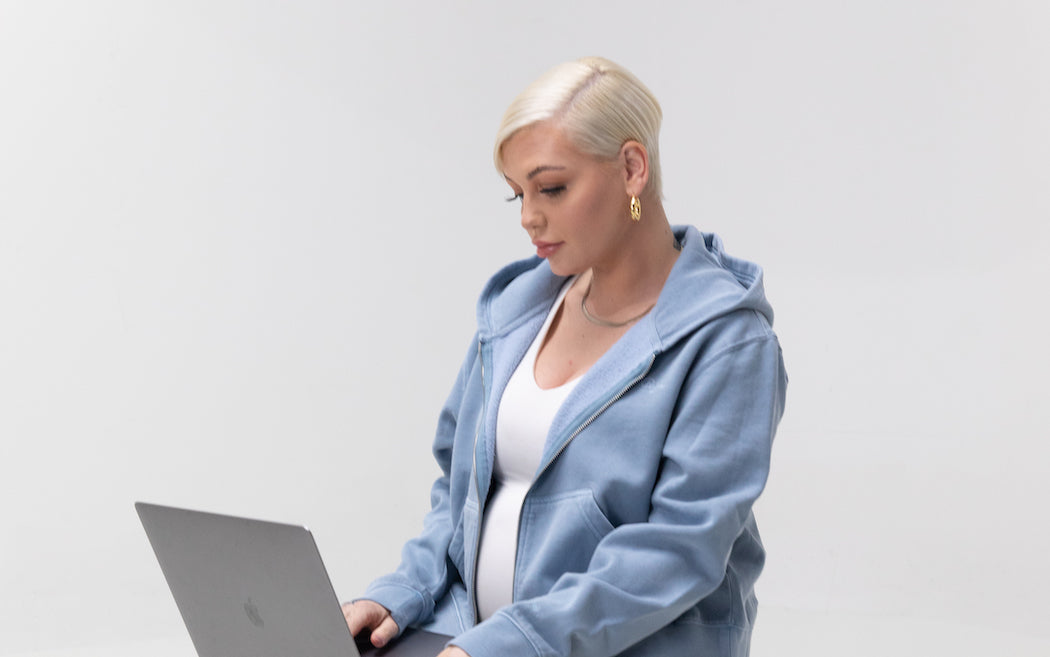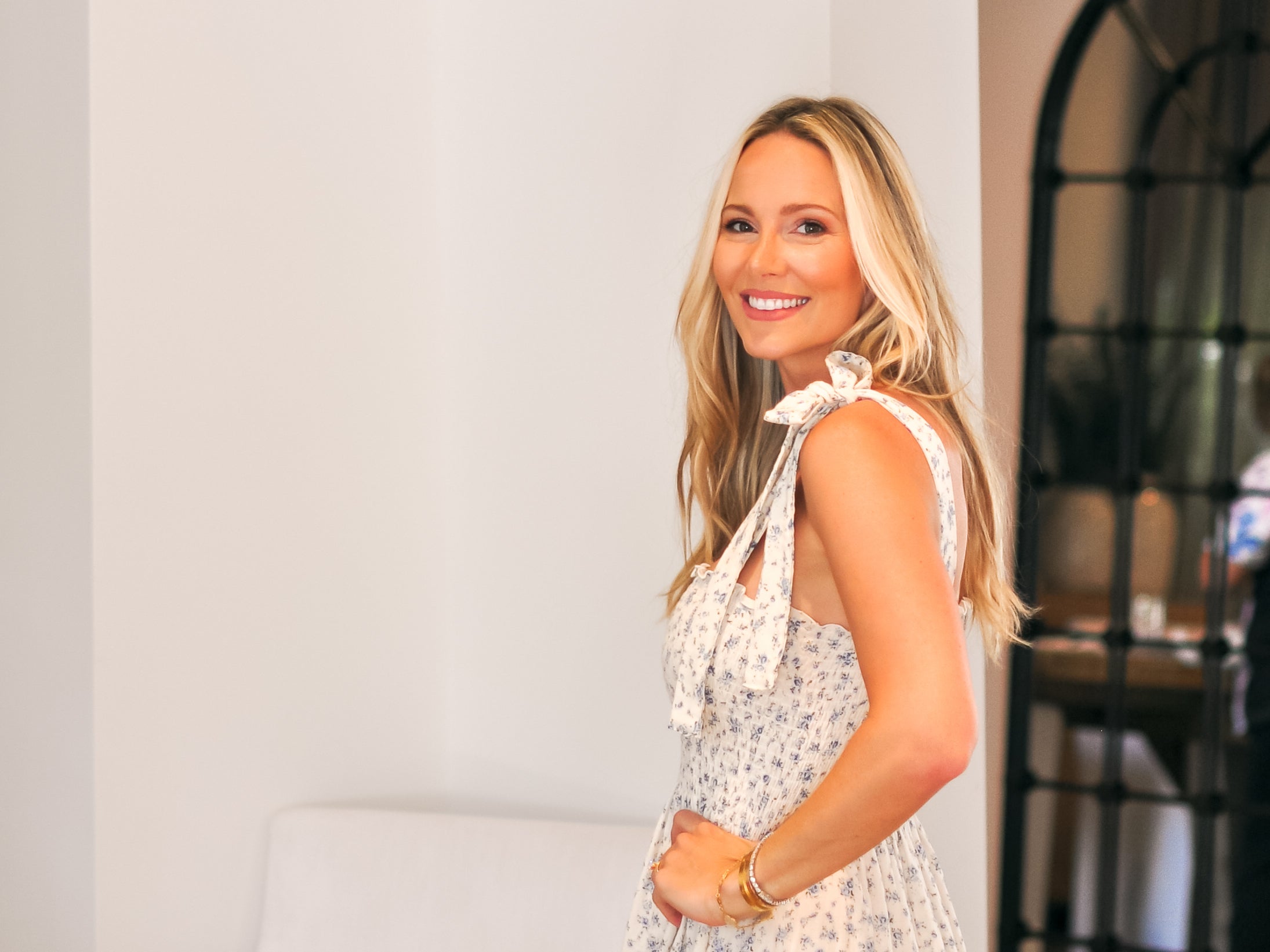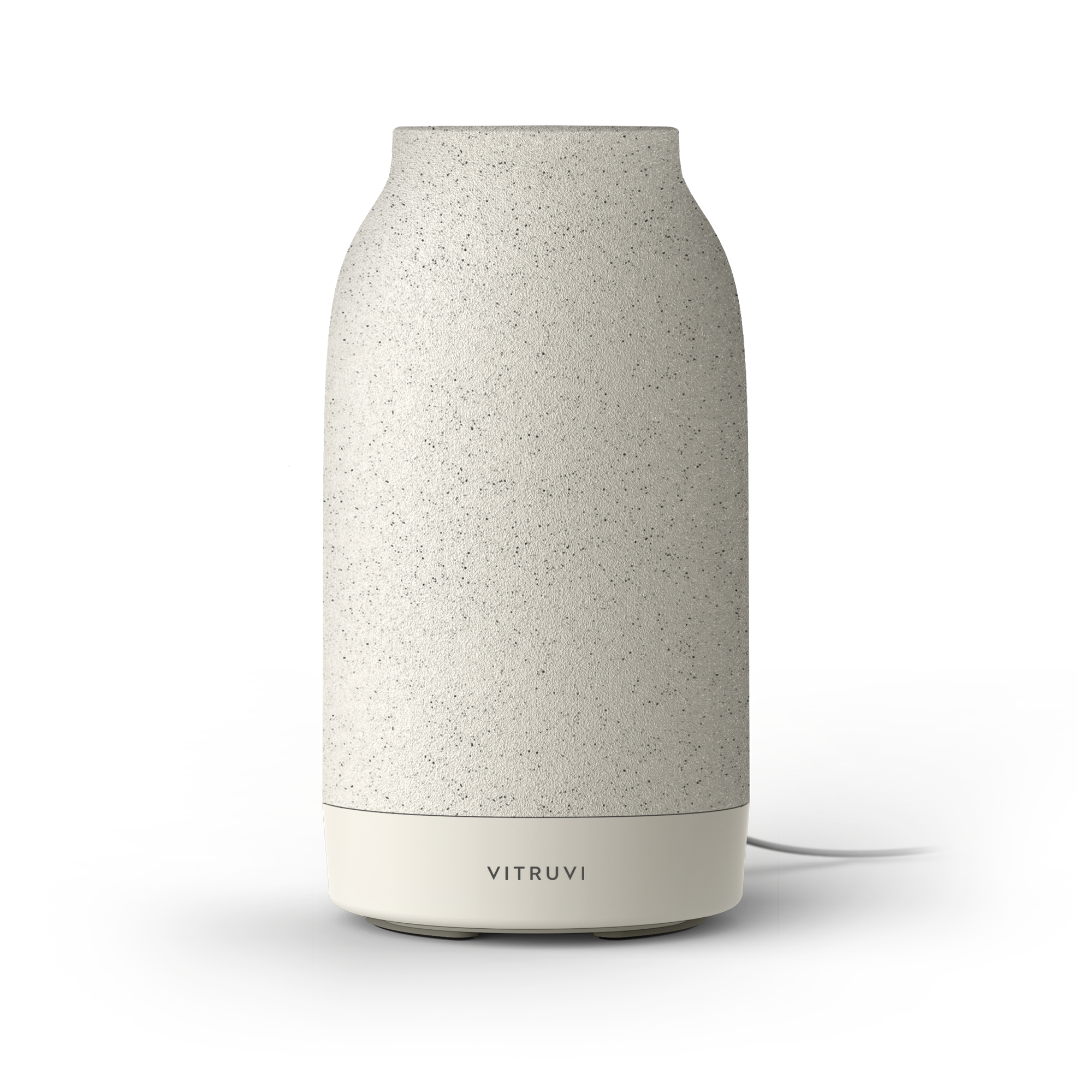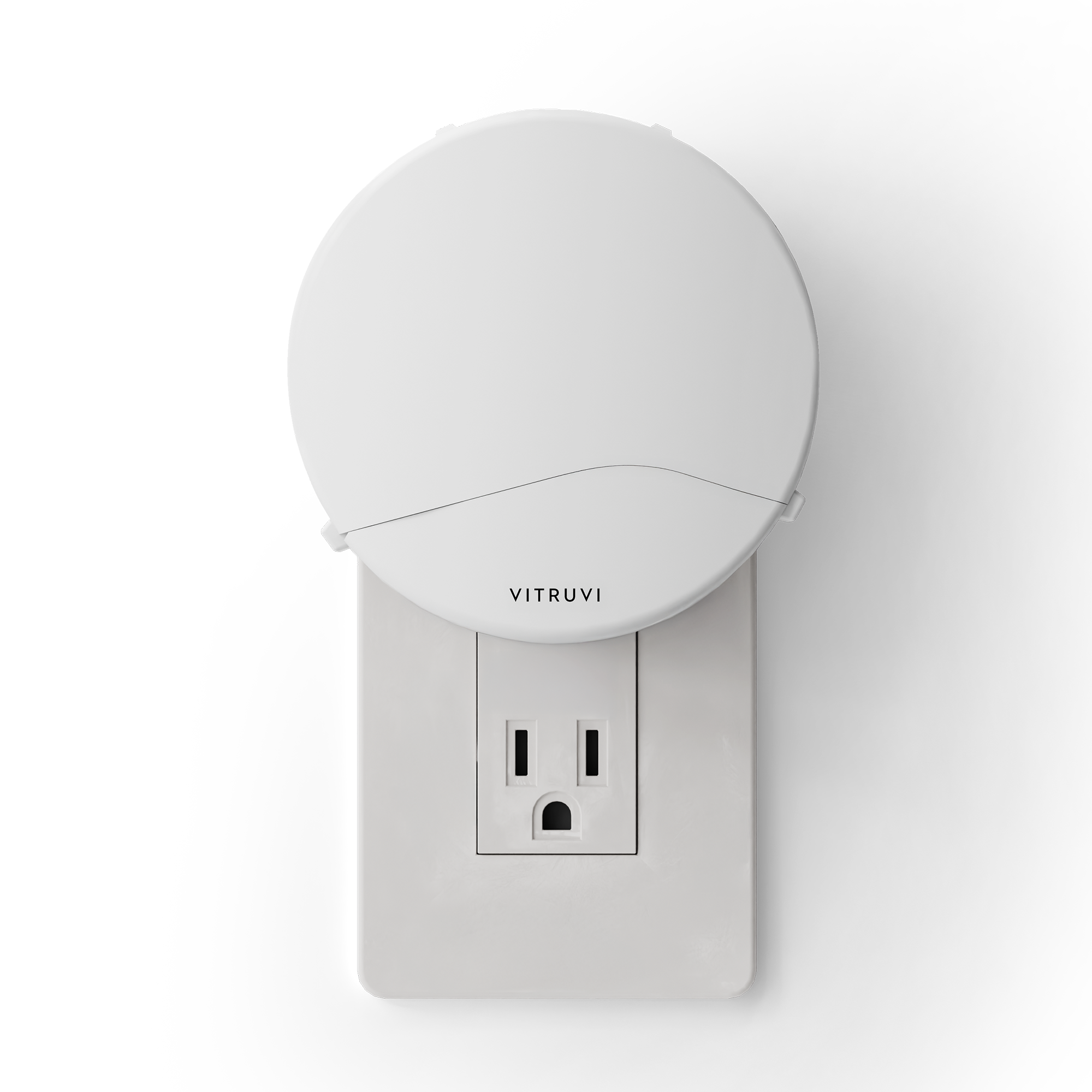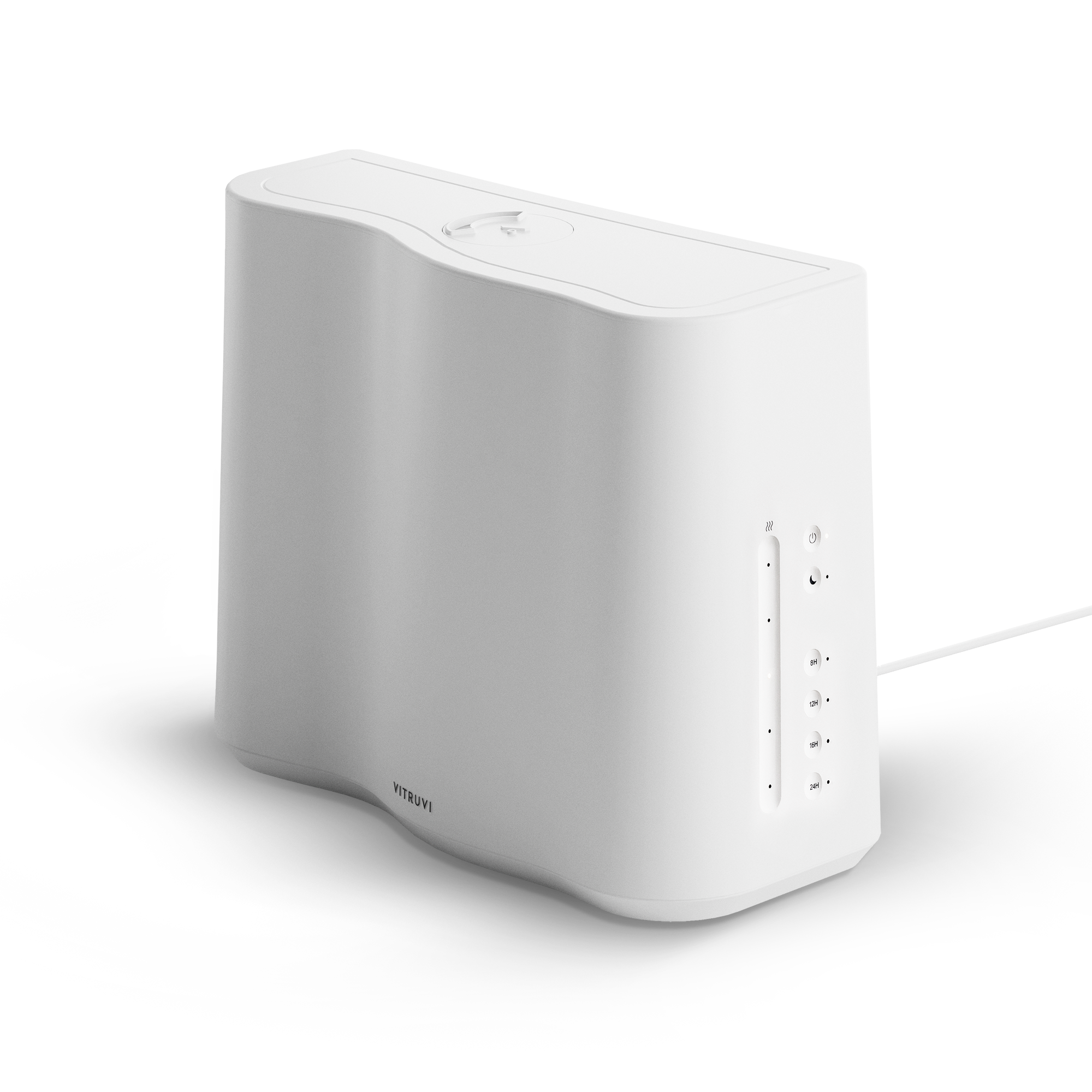I am the first generation of my family in nearly a century that has known our identity since I was born.
Due to decades of colonial oppression, embedded shame, displacement, and forced attempts at assimilation, it wasn’t until later in their lives that both my mother and my grandmother learned that we are Métis. I do not remember the first time I heard the word “Métis,” but I do remember my mother telling me how important it was for me understand it and learn about it—and in that memory, I remember feeling deep in my heart that with her words she had given me a great gift and a great responsibility.
But how do I reclaim something that was taken from me long before I was born?
Another name for Métis is otipemisiwak, which translates from Cree to “those who own themselves.” In moments of questioning and doubting, this reminds me that, historically, my people rebelled against the government when they believed they were being treated unfairly. In 1885, they fought to keep their rights, lands, and culture, and while they may have lost the Battle of Batoche, the fact is: we’re still here. Every step towards our reclamation of a culture that the government tried to erase—and every step towards fighting for our rights, as well as the rights of our First Nations and Inuit relations—is an extension of that rebellion.
I acknowledge that I am immensely privileged in being a white/white-coded Métis person. I was raised in a household that was stereotypically westernized and white Canadian; if I do not disclose my Indigeneity, I am able to live in and navigate this world as a white person, which comes with innumerable privileges that cannot be understated. There is a lot of nuance when it comes to the conversation of race or skin colour and what that means in an Indigenous context, so I want to be clear that my story is not universal. My personal experience with my identity as a reclaiming Métis woman is just that: mine.
Because I was raised in a household that was disconnected from our heritage, I was not able to learn about my identity and culture from my family. I am lucky, however, to have grown up in British Columbia, where the public school system provides culturally-appropriate educational programs and services to students with Indigenous ancestry. As soon as I started school, I was given the opportunity to meet, connect with, and learn from Indigenous teachers, elders, community members, and peers. As I grew older and moved through the education system, I continued to make connections and build relationships through this program, as well as in my community. These relationships with other Indigenous people—whether they were people who had grown up with their culture or were also reconnecting, as I was—became an indispensable and essential part of my journey in reclaiming my identity and understanding who I am.
Thanks to these relationships, I was exposed at a young age to the history, culture, and teachings of my people, as well as other Indigenous cultures, in a way that I never could have learned from a textbook. I learned to jig—though poorly, I might add—to bead flowers and jewellery, to finger-weave, to wear my sash proudly. I learned to call myself Métis with pride in my voice, knowing that each time I did so was a moment of resistance against the colonial systems that tried to erase us. The teachings of the medicine wheel became a core part of my spirituality, and, as I was raised on the West Coast, I was taught to use cedar for pretty much every purpose under the sun.
When I graduated and moved away for university, I also moved away from the community and the people who helped me reclaim my identity by claiming me right back. For my first few years in Ottawa, I felt a huge sense of loss as I tried to continue this reclamation work on my own—and often doubted my right to even do this work. Métis identity has been and continues to be a complex and contentious issue. While we are now recognized officially as Indigenous peoples, at times it is hard not to remember that in 1885, John A. Macdonald gave a speech in the House of Commons in which he said: “If they are Indians, they go with the tribe; if they are half-breeds, they are whites.”
But it’s also hard not to remember that feeling I got the first time my mother told me to keep our identity alive—the feeling that I have a responsibility to learn the ways of my ancestors, to honour them, and to heal the wounds from our collective loss.
I now carry the responsibility of ensuring our identity is never lost again by teaching future generations, as well as sharing what I know with my elders. Over the past few years, I have been teaching my nana more about Métis identity, culture, and resilience, and what it means to me to reclaim that for our family. It has been an honour to share this with her and to see how important it is to her as well. In another world perhaps the roles would be flipped, and she would be teaching me to bead moccasins or to make bannock—and the Métis would never have been referred to as Canada’s “forgotten people.” But this is not that world.
There is a Cree word that I learned recently: wahkohtowin. It translates to kinship, relations, family. It is the principle that we are all connected with one another, from our friends to our first ancestors, as well as with the land, the water, the animals, the moon, and the stars.
I am sometimes struck with an overwhelming sense of grief for the ancestors I never knew and the culture that was lost to my family. But in that grief, the teachings of wahkohtowin remind me of this gift and responsibility that my mother handed to me as a young child. They remind me that as a Métis youth, I carry the spirit and the stories of those who came before me. And most importantly, they remind me that I now have an obligation to ensure that there is never another time in which we don’t know who we are.
